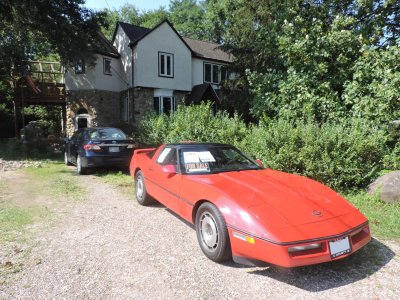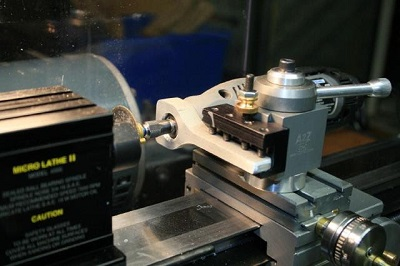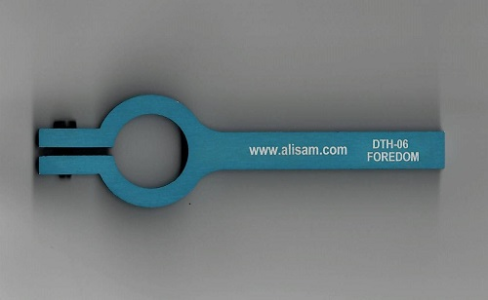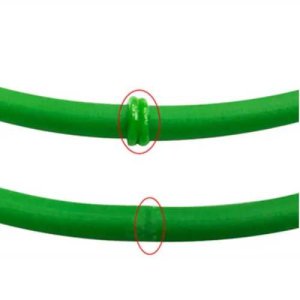- Joined
- Jun 29, 2024
- Messages
- 1,286
- Points
- 393

Contractors saw with table extensions.
 |
As a way to introduce our brass coins to the community, we will raffle off a free coin during the month of August. Follow link ABOVE for instructions for entering. |
 |


Dave, I like your comment about "its not the tools, but the person using them" that makes the biggest difference in quality of work produced.
I am still learning a lot of basic stuff, but mostly it just takes time to learn to be a quality builder, not just buying quality tools, you still have to know how to do the work.

Yes, these high price tools are nothing more than just a luxury but not a necessity, far cheaper tools for this hobby work just fine.
a woodworker once told me the best tools i have are my hands and simple tools.



Sorry Bob, I hate to disagree with you, but the SawStop doesn't sense moisture. We have four of them in our shop. From the SawStop web site:
 To put a finer point on it, the SawStop senses electrical conductivity, which is a property of a number of things. Moisture and metals are two of the the conductive things the SawStop senses. It doesn't sense skin, per se, but rather the moisture on the skin. Skin, absent moisture, i.e. leather, isn't electrically conductive.
To put a finer point on it, the SawStop senses electrical conductivity, which is a property of a number of things. Moisture and metals are two of the the conductive things the SawStop senses. It doesn't sense skin, per se, but rather the moisture on the skin. Skin, absent moisture, i.e. leather, isn't electrically conductive.
the admiralty models were not built with a thousand $$ CNC mill or a $600 table saw so fine craftsmanship can be done with inexpensive tools and hand tools.
i do not think some of these tools should be recommended as "you got to have this" if you want to build model ships. It is a matter of personal point of view
years ago, Sherline tools were all the rage in this hobby. Comments like I bought a Sherline 5400 Deluxe Vertical Milling Machine for $1,300.00 or a Klutch Mini Milling Machine for $900.00 now i can mill perfect joinery.
these high price tools are nothing more than just a luxury but not a necessity, far cheaper tools for this hobby work just fine.

The woodworking accessories that were part of the Unimat repertoire in my collection have all been superseded by more capable stand alone machines.
I have a 3rd party hand piece that mounts 1/4" shafts. Speed control + Unimat banjo - there is probably a very difficult way to attach a Foredom hand piece. StewMac has a hand piece with a thread that fits a router base(s). There is also a bar with threaded holes that clamps in a vise - one end 90 degrees and the other 45 degrees. This allows for a fixed bit - 0 - 45 - 90.




i.e. excessively moist wood may kick the saw is because moisture is conductive, and that signal generated by the saw is conducted through the wet wood directly to you. You can think of it as working similarly to a touch switch on a lamp - not exactly, but same principle.
Before we got the SawStops, we would routinely cut aluminum parts on the table saws. That doesn't work on a SawStop - not because it is wet, but because it is conductive.

What I am proposing is that a Foredom flex shaft motor can be used as the motor for the Unimat. It is a matter of getting a different mount for the motor pulley on the banjo. Now, the pulley is on one side and the motor is on the other.Not sure where you're going with this description. I recently bought a tool holder for my Atlas/Craftsman 12"x42" lathe which holds a Dremel Mototool threaded into it. The holder mounts on the cross-slide like any other tool holder.
Hey Dave did you walk to school barefoot in the snow uphill both ways too? Hahahafrom comments here on the forum about scratch building there was a point counter point.
point the investment cost in tools to scratch build is expensive
counter point you do not need expensive tools to scratch built
so which is it?
My argument is that one is better off saving a little bit longer and investing in the state of the art professional level machine instead of the "hobbyist" level machine.
but why? if 99% here are hobby level kit builders why buy "professional level machines"
another point i hear about is the accuracy of these expensive power tools again who is building hobby kits to the accuracy of .0005 thousandths of an inch?
years ago, Sherline tools were all the rage in this hobby. Comments like I bought a Sherline 5400 Deluxe Vertical Milling Machine for $1,300.00 or a Klutch Mini Milling Machine for $900.00 now i can mill perfect joinery. I can do the same with a knife and machine vice for $50.00
The model builders i know and knew personally had only simple basic power tool and handmade tools. So, in my opinion selling high price tools to hobby builders is like selling a military grade grenade launcher for rabbit hunting. Yes, these high price tools are nothing more than just a luxury but not a necessity, far cheaper tools for this hobby work just fine.
point the investment cost in tools to scratch build is expensive
counter point you do not need expensive tools to scratch built
so which is it?
My argument is that one is better off saving a little bit longer and investing in the state-of-the-art professional level machine instead of the "hobbyist" level machine.
but why? if 99% here are hobby level kit builders why buy "professional level machines"
No, they aren't cheap, but they are more than fairly priced for what they are. They are simply the finest built, most highly accurate small woodworking machines of their kind, bar none. There have been adequate small table saws and sanders marketed in the past and a few still are now. All were and are "hobby" machines that lacked the power, quality of construction, and the dependable accuracy of the Byrnes machines. Given the relative price points, anybody in the power tool market for a micro-table saw, or thickness or disk sander would be nuts to buy anything but the Byrnes tools because, although the alternatives cost less, the quality and performance differences make the Byrnes tools a far better buy. You do get what you pay for.
another point i hear about is the accuracy of these expensive power tools again who is building hobby kits to the accuracy of .0005 thousandths of an inch?
years ago, Sherline tools were all the rage in this hobby. Comments like I bought a Sherline 5400 Deluxe Vertical Milling Machine for $1,300.00 or a Klutch Mini Milling Machine for $900.00 now i can mill perfect joinery. I can do the same with a knife and machine vice for $50.00
The admitting factors are an appreciation of quality tools for what they are, the freedom and resources to indulge in their purchase.
There are tools where the extra cost for a quality tool is cost effective. Some of them preserve sanity from being frustrated by using cheap pseudo versions that fight you all the way. The trick is being able to determine where quality is vital and where junk will do.
Dave, I like your comment about "its not the tools, but the person using them" that makes the biggest difference in quality of work produced.
I am still learning a lot of basic stuff, but mostly it just takes time to learn to be a quality builder, not just buying quality tools, you still have to know how to do the work.



Why anyone assembling these kits would wish to invest in one or more of the “big three” Byrnes Products is beyond me.
